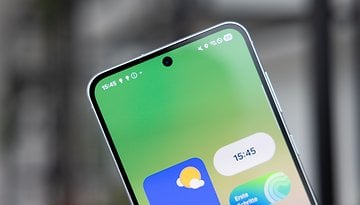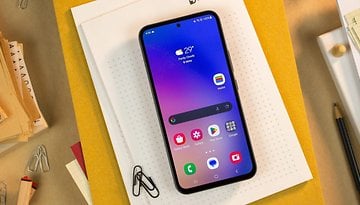Smartphone camera aperture guide: what does F1.7 actually do?
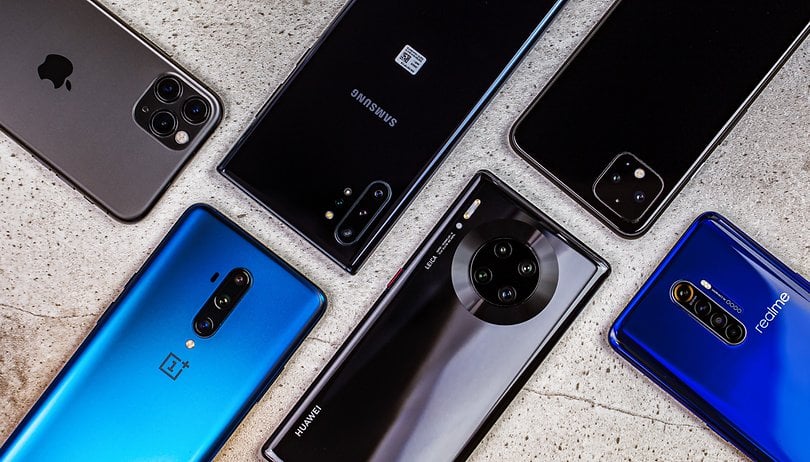

F2.0, F1.7 or even F1.4: In recent years, the f-stop or aperture ratio on smartphones has become a popular marketing tool. But what does the aperture on smartphone cameras actually mean? And how does the f-stop affect the image quality?
Contents of the article:
- What is aperture and focal ratio?
- Why is the aperture on the smartphone camera important?
- What does the aperture on a smartphone mean?
- Why is F1.8 better than F2.4?
- Aperture and image quality: lots of light, little sharpness
What is aperture and aperture ratio?
The terms aperture, f-stop (also known as f-number) and f-stop ratio are, strictly speaking, usually used incorrectly. The accurate term would be "aperture ratio", which describes the system's focal length to the diameter of the entrance pupil. This ratio is typically expressed as a fraction normalized to the numerator one in the notation "f/1.8" or "1:1.8".
The f-stop, on the other hand, is the reciprocal of this fraction and is then written as F1.8. The much-cited "aperture" is colloquial language and is used in a variety of ways to indicate both f-stop and f-number. Since we are not a scientific publication at AndroidPIT, we will also stick with the linguistic usage of "aperture".
Note: When calculating the aperture ratio, the entrance pupil is measured in millimeters like the focal length. Therefore the result is dimensionless in any case.
Why is the aperture important for smartphone cameras?
The aperture plays an important role in smartphone photography, especially on these two points:
- The smaller the f-stop number, the more light will be able to reach the image sensor. This is logical, as the entrance pupil's diameter is the denominator of the aperture ratio. So a diameter that is double in length halves the f-stop number - for example from F4 to F2. This area varies according to the square of the pupil diameter, and there is a quadratic proportional relationship involved. This means that halving the aperture translates to having four times the amount of light. A doubling of the amount of light, on the other hand, happens when dividing the aperture by the square root of two, for example from F2 to F1.4.
- The smaller the aperture number, the shallower the depth of field. Since smartphones usually generate depth of field via an algorithm, this aspect remains as a marginal note. If you are interested in how blur effects are created in optical systems, I recommend the following article, even if it is mainly about bokeh effects brought about by software.
What does the aperture on a smartphone mean?
Those who notice their smartphone camera and the aperture that it comes in will most probably realize one thing: Focal length and (approximate) lens diameter do not seem to add up. Aperture 2 would mean an entrance pupil of 12.5 millimeters at a focal length of 25 millimeters. However, you won't find a multi-centimeter lens on any of the existing smartphones.
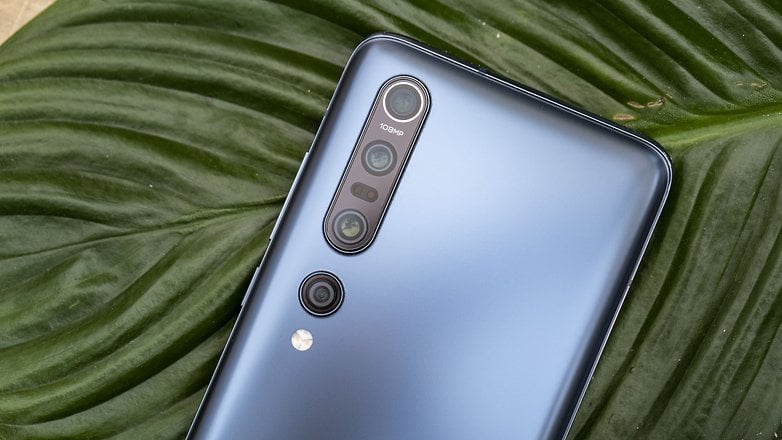
The reason for this is, the manufacturers always state the focal length that have been converted to the 35mm equivalent. Compared to a 35 mm camera, the real optical focal length of the smartphone lens system is far, far lower due to the tiny sensors. The diagonal measurement of a 1/1.7-inch sensor, for example, is 4.55 times smaller than a 35 mm or full-frame sensor. Similarly, a smartphone camera with a 1/1.7-inch sensor requires a focal length that is 4.55 times smaller to achieve a similar viewing angle.
This ratio between the diagonal measurement of a 35 mm sensor and the sensor to be compared is called crop factor or format factor. Real focal length times Crop-Factor results in the 35 mm focal length equivalent.
Since the depth of field of a camera depends on the focal length and the aperture, it is also now clear why you can't get anywhere near the beautiful blur effect with F1.8 and 50 mm equivalent focal length as you can with your DSLR at F1.8. The actual focal length remains decisive when it comes to depth of field effects, and it typically ranges between 5 to 15 millimeters. And that's exactly why the bokeh effect is usually software-oriented.
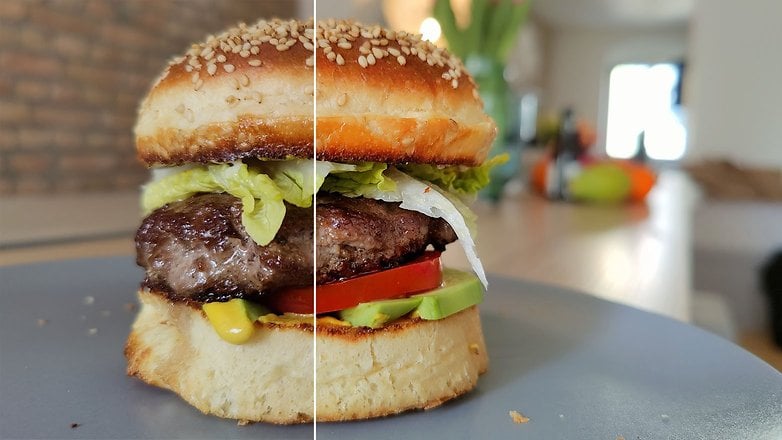
But why is F1.8 better than F2.4?
While aperture size has a significant effect on bokeh in fully-fledged cameras, this effect is negligible in smartphones. This is because smartphone cameras do not usually have the possibility to adjust the aperture size for use as a creative design option. But we will revisit that idea later.
Instead, the focus is on the intensity of light. An improvement from F2.4 to F1.7, for example, translates to the smartphone having twice as much available light for the photo. This, in turn, paves the way for optional lighting:
- A photograph taken at half the ISO sensitivity. Half sensitivity means less amplification of the image signal, means less image noise.
- A photograph taken at half the shutter speed. This reduces the risk of camera shake when there are fast movements or in low light conditions.
So what is the difference between F1.8 and F2.0, for example? Realistically, it is irrelevant. In the resulting image quality, image processing algorithms play a much greater role in the age of Computational Photography.
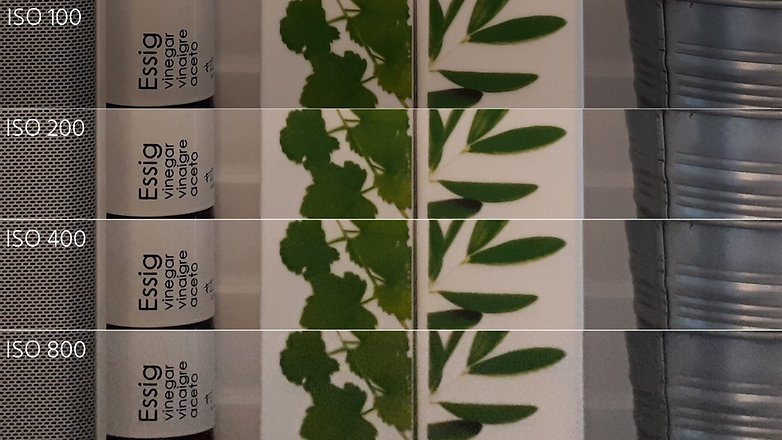
Excuses: Why telephoto lenses on smartphones are a disaster
By the way, the above details also explain why telephoto lenses in smartphones usually produce weird results. Since the focal lengths are comparatively high, the light intensities are mostly darker compared to the wide-angle lenses. The Samsung Galaxy S20 Ultra, for example, only achieves F3.5 with its telephoto lens, but at the same time telephoto lenses are much more susceptible to camera shake.
As a common rule of thumb, the 103-millimeter telephoto lens in the S20 Ultra requires a shutter speed that is around four times faster than the 26-millimeter main sensor (should the OIS work equally well on both). At the same time, the difference between F3.5 and F1.8 also causes the amount of light to be reduced by a quarter. To compensate for this under identical lighting conditions, it is necessary, for example, to increase the ISO sensitivity from ISO 100 to ISO 1600. Taking into account the usually far smaller telephoto-sensors, it becomes clear that this will not work.
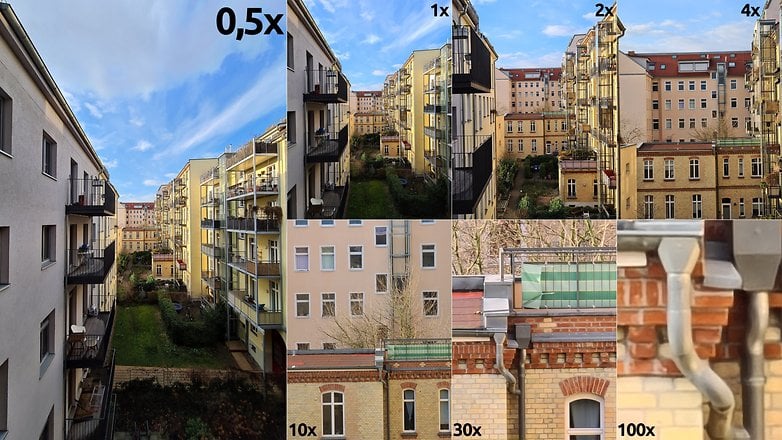
Aperture size and image quality: much light, little sharpness
Before your brain takes a breather, I would like to discuss one last aspect of aperture size: the optical image quality. Building a fast lens is a lot more complicated than just slapping a huge piece of glass in front of the sensor. While light is not all refracted to the middle of a lens, the bend in the light path towards the edge is always stronger.
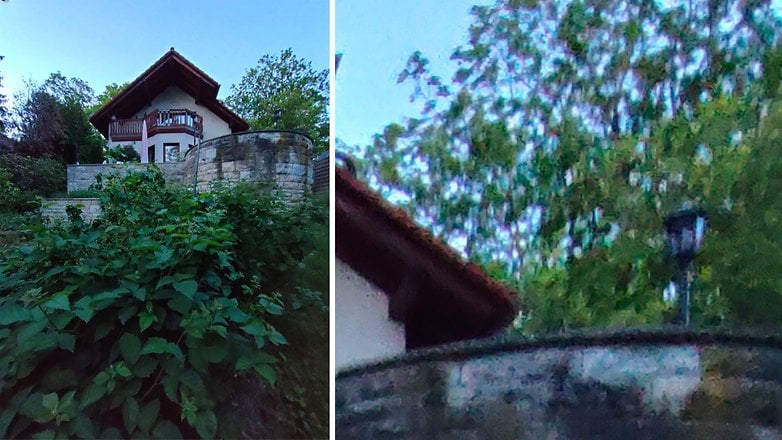
Unfortunately, light has the unpleasant property where refractive index is dependent on the wavelength. What sounds complicated can be easily explained via sunlight that reflects through the window and creating a rainbow in your living room. This phenomenon becomes stronger and stronger with a higher degree of light refraction, ergo a bigger aperture - and it becomes more and more complex to correct.
In technical jargon, the color fringes thus formed are known as "chromatic aberrations". They are usually stronger at the edge of the image than in the middle and occur mainly at high-contrast transitions, e.g. on branches in front of a bright sky. In order not to oversell the specifications sheet by receiving poor reviews when it comes to photo-taking, Samsung has included a mechanical shutter in some of its flagship smartphones. This covers the edge of the lens under good lighting conditions in order to minimize such imaging errors.
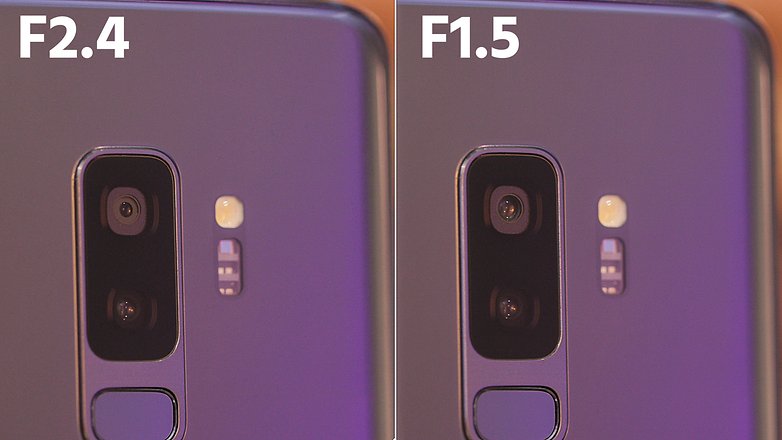
Summary: much ado over nothing
So do I have to prick my ears when Samsung, Huawei, and others market me their record-breaking light levels? No. Because the differences between F1.7 and F1.8 are marginal - other camera features play a far greater role here, such as the image sensor and software algorithms used.
Did you find this article useful? What other aspects of smartphones and especially their cameras interest you? I look forward to your comments!
